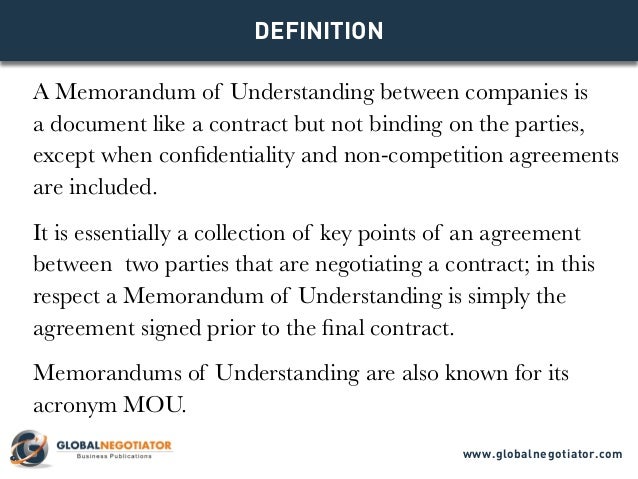
For many, there is no sweeter sound than that of their name, and to spell it incorrectly runs the risk of alienating the reader before your letter has even been read.
#Memo meaning how to#
If this is not the case with your letter, but you are unsure of how to address your recipient, make every effort to find out to whom the letter should be specifically addressed. The salutation “To whom it may concern” is appropriate for letters of recommendation or other letters that are intended to be read by any and all individuals. A comma after the salutation is correct for personal letters, but a colon should be used in business. (full name).” But if you are unsure about titles (i.e., Mrs., Ms., Dr.), you may simply write the recipient’s name (e.g., “Dear Cameron Rai”) followed by a colon. While you may not use all the elements in every case or context, they are listed in Table 9.1 “Elements of a Business Letter”.Ī common salutation may be “Dear Mr. Regardless of the type of letter you need to write, it can contain up to fifteen elements in five areas. Letters may serve to introduce your skills and qualifications to prospective employers, deliver important or specific information, or serve as documentation of an event or decision.

There are many types of letters, and many adaptations in terms of form and content, but in this chapter, we discuss the fifteen elements of a traditional block-style letter. This chapter outlines common elements across letters, and attention should be directed to the expectations associated with your particular writing assignment.

The audience or reader may have their own idea of what constitutes a specific type of letter, and your organization may have its own format and requirements. We’ll examine the basic outline of a letter and then focus on specific products or writing assignments.Īll writing assignments have expectations in terms of language and format. It can serve to introduce you to a potential employer, announce a product or service, or even serve to communicate feelings and emotions. While e-mail and text messages may be used more frequently today, the effective business letter remains a common form of written communication. Shorter messages may include e-mails or memos, either hard copy or electronic, while reports tend to be three or more pages in length. They are often printed on letterhead paper, and represent the business or organization in one or two pages. Letters are brief messages sent to recipients that are often outside the organization (Bovee, C., & Thill, J., 2010). They may also include statements that align business and employee interest, and underscore common ground and benefit. While memos do not normally include a call to action that requires personal spending, they often represent the business or organization’s interests. The company president noted that if everyone supported the company with purchases, it would benefit all (Lewis, 2009). For example, on February 13, 2009, upper management at the Panasonic Corporation issued a declaration that all employees should buy at least $1,600 worth of Panasonic products.

If a company wants employees to take action, they may also issue a memorandum. If budget cuts are a concern, then it may be wise to send a memo explaining the changes that are imminent.

One effective way to address informal, unofficial speculation is to spell out clearly for all employees what is going on with a particular issue. Rumors change and transform as they are passed from person to person, and before you know it, the word is that they are shutting down your entire department. On the grapevine, one person may hear that someone else is going to be laid off and start passing the news around. The unofficial, informal communication network within an organization is often called the grapevine, and it is often characterized by rumor, gossip, and innuendo. All organizations have informal and formal communication networks. A memo’s purpose is often to inform, but it occasionally includes an element of persuasion or a call to action.


 0 kommentar(er)
0 kommentar(er)
